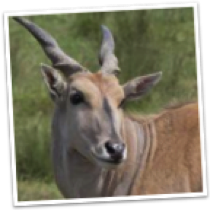






Fast Facts
Name: Eland (Common)
Scientific: Taurotragus oryx
Family: Bovidae
Relatives: Giant Eland, Greater Kudo
Environment: Savannah & Plains
Origin: Africa
Life-span: up to 20 years
Size: 750 - 2200 lbs
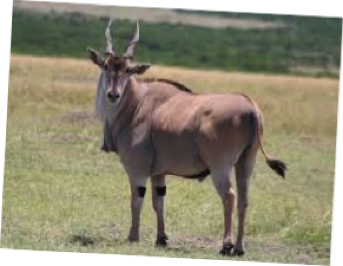
Eland are one of the largest antelope on the earth. Located in eastern and southern Africa, thrive in many different environments of arid semi-desert to wetlands, and from coastal flatlands to mountainous areas.
Elands are a social herd antelope. They will typically live in groups of up to 60 animals. In wetter seasons, they have been known to gather into a groups of 400-1,000 animals. An eland cow will give birth to a single calf, but the group’s calves are raised in a community nursery herd of additional mother cows.
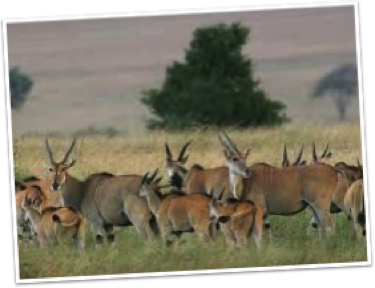

Snapshot
1. Spiral horns grow up to 27 inches long
2. Hooves “click” when they walk
3. Mother eland will nurse other’s calves
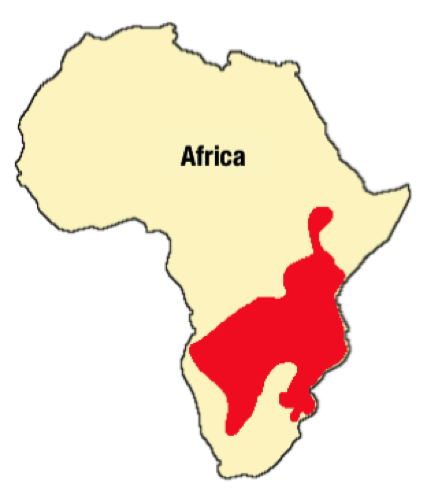
African people are beginning to tame the friendly eland for commercial milk and meat production.
About Me
Eland are the world’s largest antelope, growing up to six feet tall at the shoulder and weighing close to a ton. They are a tan in color with faint white stripes across their shoulders, a lighter neck and head, and black markings on their stomach and legs. Male eland have a large dewlap on their throat that become more pronounced with age. Eland have horns that are almost entirely straight, that by adulthood have two twists. The females horns are longer than the males, however the males are thicker and wider. Like other antelope, eland are cloven-hoofed. When they walk, they make a clicking sound that some believe is made by the two pieces of hoof knocking together.
In The Wild
In any given locations, temperatures in can Africa range between 50°-130° F. Eland antelope have developed many adaptations to survive in the barren parts of eastern and southern Africa where they are found. They are able to survive without a constant available water source by consuming moisture-rich foods. The eland ensure they get the most of their food by grazing in the morning and evening when the air’s moisture has been absorbed by the plants. They conserve the moisture they have consumed by reducing their need to sweat. Eland can raise their internal body temperature during the heat of the day, and then they lower it and release heat as the night air cools.
All In The Family
Eland are incredibly social animal. They form communal herds where many males and their individual females. Most often animal herds will have a single bull with a group of cows functioning as a single family unit, where the male is territorial with his area and his family. Eland live in multiple family groupings that work together to raise their young. While each female only has a single calf each year, the young grow together in a nursery herd where all the mothers share responsibility for the offspring. Calves grow quickly due to the high fat and protein levels in their milk. Eland are a key component as food for large predators such as lions, cheetahs, and hyenas. By communing into large groups, the young is more likely survive with greater protection of multiple adult males and females.
Milk
• Eland milk has nearly 3x’s the
fat and 2x’s the protein of
regular dairy cow’s milk.
• Commercial production of
eland milk is in its infancy.



